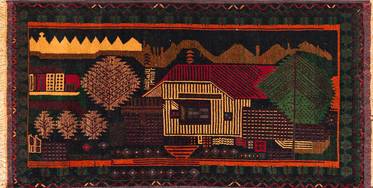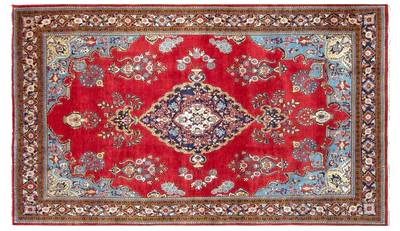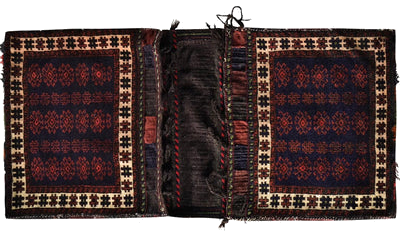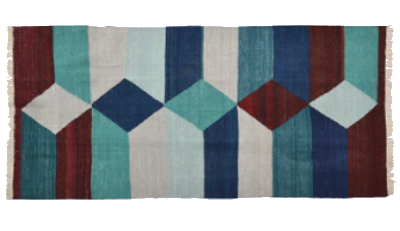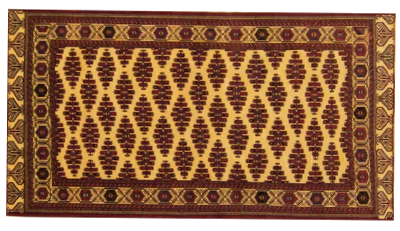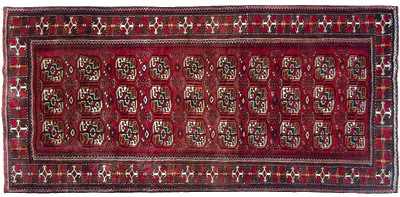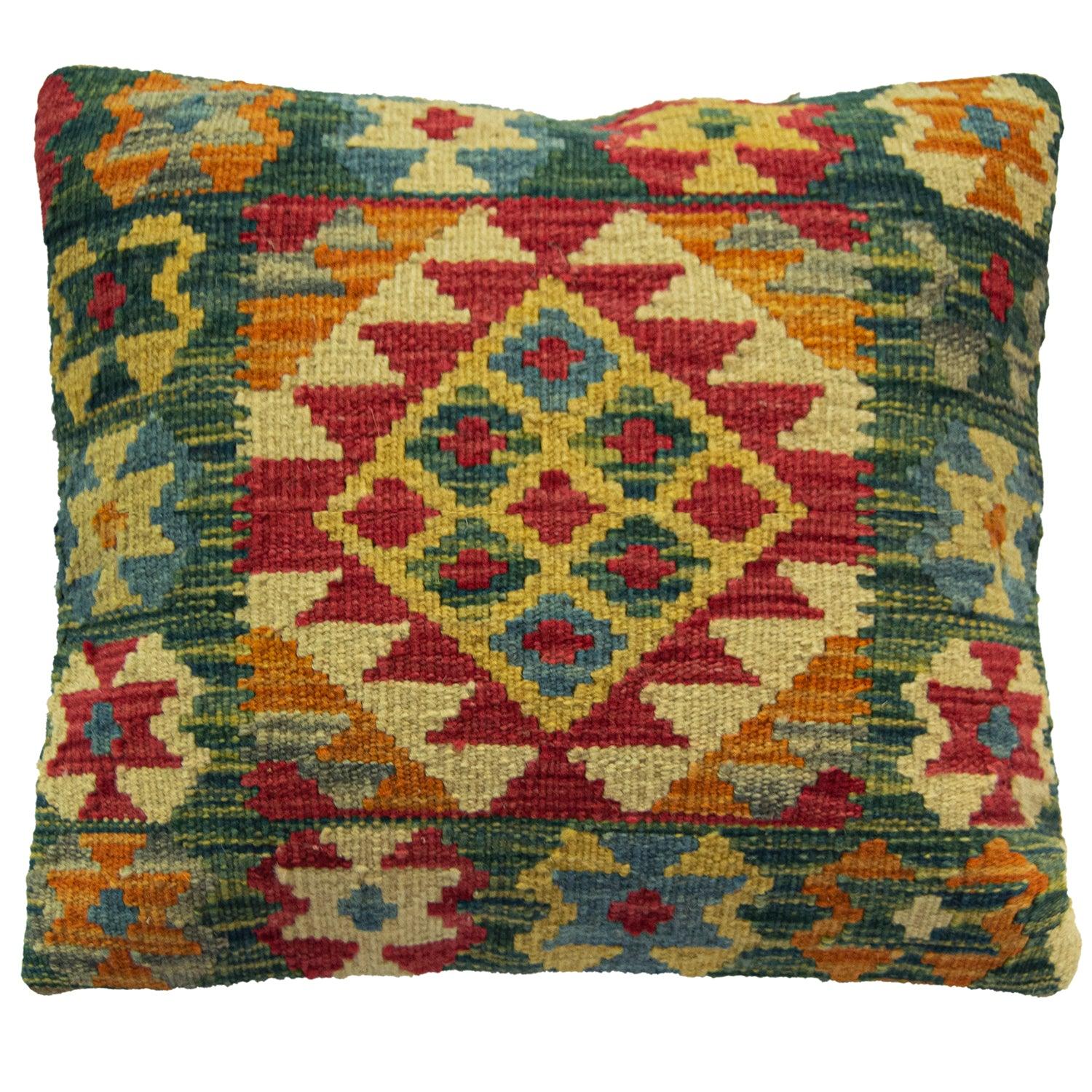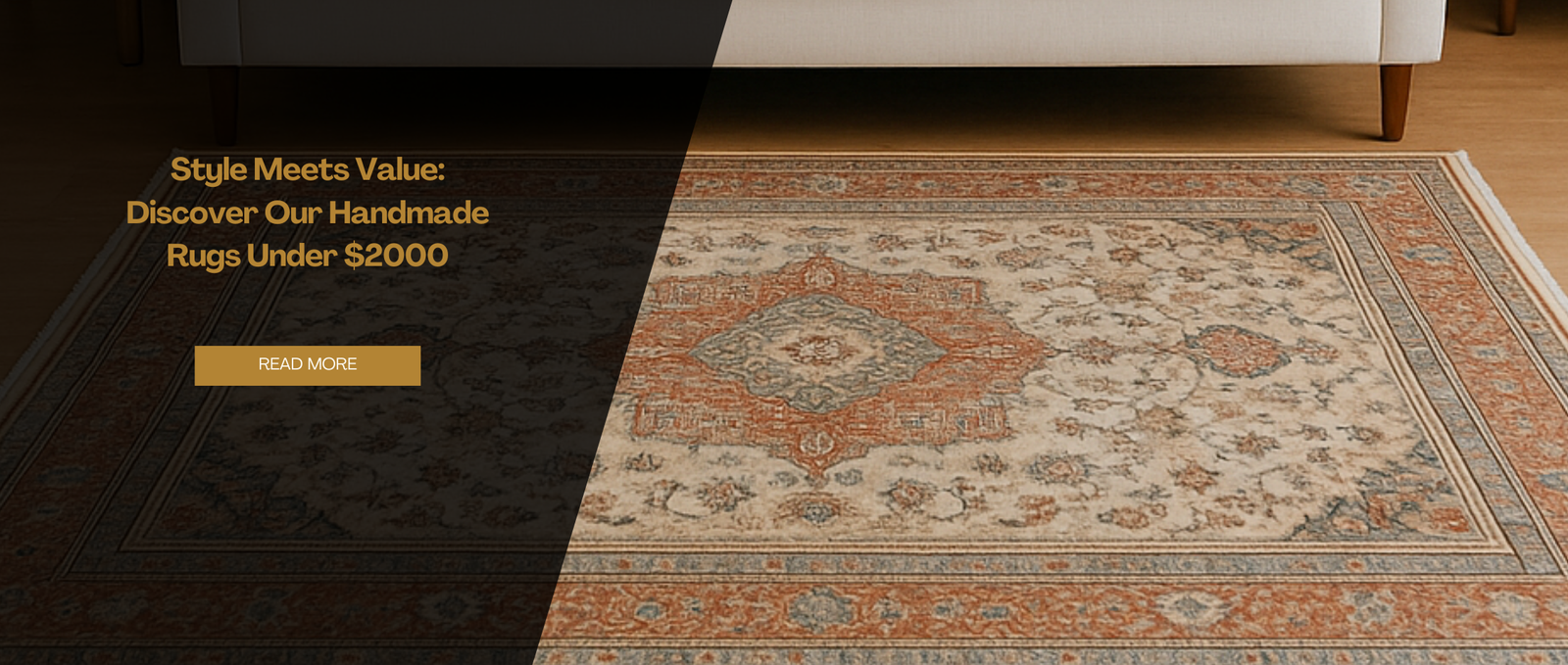How to Properly Store and Maintain Your Rug Collection

Importance of Rug Storage and Maintenance
Proper rug storage and maintenance are essential for preserving the beauty and value of a rug collection. A well-maintained rug can last for generations, while improper care can lead to irreversible damage and decreased value.
Blog Post Focus
This blog provides professional and informative advice on rug storage and maintenance, tailored to the needs of New Zealand rug collectors. Explore best practices and expert tips to ensure your rugs remain in pristine condition for years to come.
Why Proper Storage and Maintenance Matters
Understanding the factors that can damage rugs and the consequences of improper storage and maintenance is crucial for preserving your rug collection's value and beauty. By being aware of these factors, you can take the necessary steps to protect your investment and enjoy your rugs for years to come.
Moisture, insects, and sunlight are among the primary factors that can cause harm to rugs if not stored and maintained correctly. Excessive moisture can lead to mould and mildew growth, while insects like moths and carpet beetles can destroy rug fibres. Prolonged exposure to sunlight can cause colours to fade, compromising the rug's aesthetic appeal.
Improper storage and maintenance can result in decreased rug value and a shortened lifespan. As the rug's condition deteriorates, so does its worth. Moreover, neglecting proper care can lead to irreversible damage, such as fraying, discolouration, and structural weaknesses, which can ultimately render the rug unusable.
Preparing Your Rug for Storage
Before storing your rug, it is essential to prepare it correctly to minimise the risk of damage. This involves cleaning the rug, choosing the right storage location, and using appropriate materials to wrap and pad the rug.
Thoroughly cleaning your rug before storage helps prevent damage from dirt, stains, and pests. A clean rug is less attractive to insects, and removing dirt and debris reduces the risk of abrasion during storage. Furthermore, stains left untreated can become harder to remove over time, affecting the rug's overall appearance and value.
When choosing a storage location, consider factors such as temperature, humidity, and sunlight exposure. Ideally, the storage area should be cool, dry, and away from direct sunlight. Excessive heat can cause rug fibres to become brittle, while high humidity levels can promote mould and mildew growth. Sunlight exposure can lead to colour fading, especially in antique and delicate rugs.
Using acid-free materials for wrapping and padding rugs in storage is crucial to prevent chemical reactions that can damage rug fibres. Acid-free tissue paper or unbleached muslin are suitable choices for wrapping, while a rug pad can provide extra cushioning and protection. Avoid using plastic covers, as they can trap moisture and cause mould growth.
Proper Storage Techniques for Different Rug Types
Different rug types require specific storage techniques to ensure their preservation. Flatweave and kilim rugs, hand-knotted and tufted rugs, and smaller or more delicate rugs each have unique storage needs. Moreover, preventing insect damage is vital for all rug types.
Flatweave and kilim rugs can be stored flat. Stack these rugs with a protective layer, such as acid-free tissue paper or unbleached muslin, between each rug to prevent abrasion. Avoid placing heavy objects on top of the stack to prevent crushing and damaging the rugs.
For hand-knotted and tufted rugs, rolled storage is the best option. Roll the rug around a sturdy, acid-free tube, with the front side facing inward. Secure the rolled rug with cotton straps or acid-free tape, and cover it with a breathable fabric like unbleached muslin or cotton sheets.
Smaller or more delicate rugs can be stored by hanging. Use a padded hanger or a rug hanging system, ensuring that the rug's weight is evenly distributed to prevent stretching or distortion.
Routine Maintenance Tips for Your Rug Collection
Proper routine maintenance plays a crucial role in preserving the beauty and value of your rug collection. By implementing regular vacuuming, rotating rugs, spot cleaning methods, and scheduling professional rug cleaning and maintenance services, you can ensure your rugs remain in excellent condition.
Regular vacuuming helps remove dirt and debris that can cause abrasion and damage to rug fibres. Be gentle when vacuuming delicate or antique rugs, using a low-suction setting to prevent damage. For shag rugs, consider using a carpet rake to protect the long pile.
Rotating rugs periodically prevents uneven wear and sun fading. By changing the position of your rugs every few months, you can ensure they wear evenly and maintain their vibrant colours. This practice also helps to distribute foot traffic across the rug's surface, reducing the risk of damage to specific areas.
Spot cleaning methods are essential for addressing different types of stains. Blotting spills immediately with a clean, white cloth can help prevent stains from setting. Use a gentle rug cleaner or a mixture of water and mild dish soap for most stains. Avoid using harsh chemicals that can damage rug fibres or cause discolouration.
Scheduling professional rug cleaning and maintenance services is necessary for ensuring the longevity of your rug collection. Experts can remove deep-seated dirt, address stubborn stains, and provide essential repairs. Regular professional cleaning can help maintain your rugs' beauty, value, and structural integrity for years to come.
Handling Repairs and Restoration
Properly addressing wear and damage in your rug collection is crucial for preserving its value. This involves identifying common signs of wear and damage, finding a reputable rug repair and restoration service in New Zealand, and understanding the importance of skilled artisans in the repair process.
Common signs of wear and damage that require professional repair include fraying edges, torn or worn areas, fading colours, and irregularities in the rug's shape. Regularly inspect your rugs for these signs, and address any issues promptly to prevent further damage and maintain your rug's value.
When searching for a reputable rug repair and restoration service, consider factors such as experience, expertise, and customer reviews. Look for a company that specialises in the specific type of rug you need to repair, as different rug types may require unique restoration techniques. Additionally, ask for recommendations from friends, family, or online communities to ensure you find a reliable service provider.
Using skilled artisans for repairs is essential to preserving the value of your rug collection. These experts possess the necessary knowledge and techniques to properly restore rugs without causing additional damage. Furthermore, skilled artisans can recreate intricate patterns and designs, ensuring the rug maintains its original beauty and craftsmanship.
Insurance and Appraisals for Your Rug Collection
Securing insurance and obtaining appraisals for your rug collection can provide peace of mind and protect your investment. Understanding the benefits of appraisals and insurance, finding a qualified rug appraiser in New Zealand, and documenting and maintaining records of your rug collection are essential steps in this process.
Having your rug collection appraised and insured offers several benefits, including financial protection in case of theft, damage, or loss. Appraisals provide a current market value for each rug, helping to determine the appropriate coverage amount for insurance purposes. Insurance can help cover repair or replacement costs, ensuring you can maintain your collection's value in the event of unforeseen circumstances.
To find a qualified rug appraiser in New Zealand, seek recommendations from trusted sources, such as other collectors, rug dealers, or industry associations. Verify the appraiser's qualifications, experience, and expertise to ensure they can accurately evaluate your rugs. Additionally, inquire about the appraiser's methodology and familiarity with the specific rug types in your collection.
Documenting and maintaining records of your rug collection is crucial for insurance purposes. Keep detailed information about each rug, including purchase receipts, appraisals, photographs, and any restoration or repair work. Store these records in a secure location, such as a safe deposit box or digital cloud storage, and update them regularly to reflect changes in your collection or market values.
Preserve Your Rug Collection's Beauty and Value
Proper storage and maintenance are essential for maintaining the value and beauty of your rug collection. Implementing the tips and techniques discussed, such as cleaning, selecting the right storage location, and scheduling professional rug services, can make a significant difference in your collection's longevity.
House of Haghi is here to help you with your rug collection maintenance and storage needs. Our experienced team is ready to assist with advice, cleaning, repairs, appraisals, and more. Visit our website or contact us for additional information and guidance on preserving your precious rugs.
To prevent insect damage, consider using cedar blocks or mothballs in your storage area. These natural repellents can help deter moths and other pests. Regularly inspect your stored rugs for signs of insect activity and take prompt action if needed.

